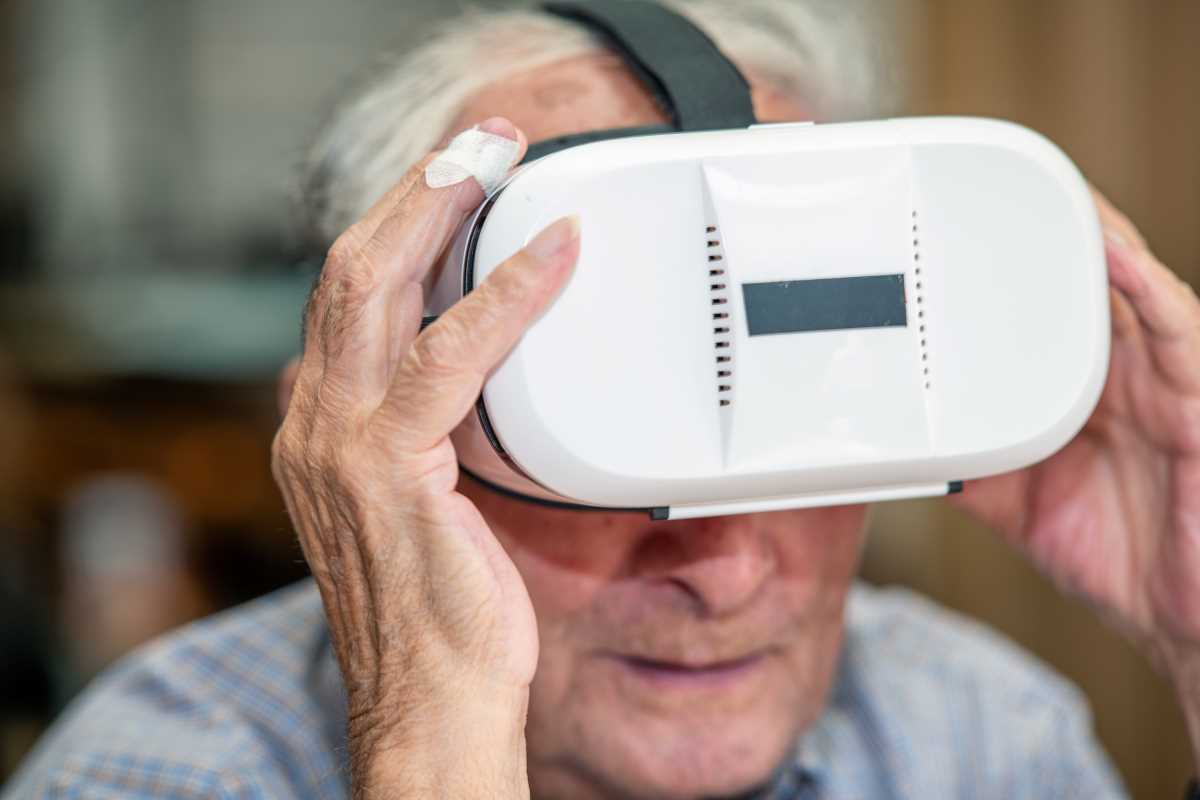For many, chronic pain affects every part of life, from moving around to enjoying simple daily activities. Relief often comes in small doses or not at all, leaving many patients searching for better solutions. Sometimes, patients need more than medication to overcome this obstacle. Virtual reality (VR) has emerged as a game-changing tool in the fight against chronic pain. Unlike its reputation for gaming and entertainment, VR is proving to be much more versatile, offering a way to help patients manage pain in measurable and meaningful ways. By immersing patients in tailored, virtual environments, VR takes pain management to another level. Let’s unpack how this exciting technology is changing lives, one session at a time.
Blocking Pain with Immersion
Chronic pain sets up camp in the nervous system, sending persistent signals to the brain. Those signals can become too much, making it nearly impossible to focus on anything else. VR makes a unique impact by fully engaging multiple senses and creating immersive experiences. By “fooling” the brain into concentrating on an alternate reality, it effectively blocks out pain signals.
Imagine slipping on a headset and suddenly finding yourself walking through a snowy forest. You can hear the crunch of the snow underfoot and the wind rustling through the trees. Your brain starts paying attention to what’s in front of you instead of the pain you’re feeling. Studies show measurable drops in pain perception during VR use, thanks to a powerful distraction mechanism.
Creating Customized Virtual Worlds
One of VR’s most exciting perks is its flexibility. Pain isn’t one-size-fits-all, and neither is its management. Virtual reality platforms can be programmed to suit individual needs and medical conditions. A cancer patient experiencing pain might prefer tranquil scenes like a flowing river or a quiet meadow. On the other hand, someone with arthritis might use a specific game that encourages gentle finger movements as part of their treatment.
Patients with anxiety-related pain can benefit from calming-focused programs. These VR sessions guide users through deep breathing exercises while they visually explore calming virtual environments. This kind of “mind-body reset” supports both physical and emotional well-being, which has proven effective in reducing pain levels in real time.
Rewiring the Brain’s Response
The science behind VR involves rewiring the brain’s pain response. Areas like the somatosensory cortex and anterior cingulate cortex, which control how the brain processes and reacts to pain, are less active during VR therapy. This offers patients more than just temporary relief. Repeated sessions help train the brain to spend less time amplifying pain signals and more time reinforcing non-painful perceptions.
One fascinating example is the use of VR for phantom limb pain, a condition where amputees feel discomfort in a limb that’s no longer there. Through VR, patients can “see” and “move” the missing limb digitally. Over time, this tricking of the brain teaches it to stop sending pain signals to the absent limb, providing lasting relief.
Interactive Pain Management Tools
VR immerses patients in passive environments and actively gets them involved. Interactive systems are designed to help patients engage with their healing process while easing pain. These systems can include therapeutic games or activities tailored to specific motor or sensory needs.
Someone recovering from a back injury may benefit from a VR game that encourages gentle stretching and movement. These carefully curated activities not only help reduce pain but also boost confidence in physical abilities, which chronic pain patients often struggle with. Another interactive option might involve cognitive challenges, like solving puzzles or completing tasks that require full concentration.
Reducing Dependence on Medication
Pain management often relies heavily on medications like opioids, which carry risks of addiction and side effects. VR offers a drug-free alternative that can work as a standalone treatment or alongside other methods. By providing measurable pain relief through immersive tools, VR helps patients rely less on painkillers over time.
Consider patients recovering from surgery, where post-operative pain is typically intense. Studies have shown that hospitals using VR for post-surgical pain relief see significant reductions in opioid use among patients. Instead of reaching for a pill, patients can spend 20 minutes virtually exploring a peaceful countryside or playing an engaging game, finding relief in a completely drug-free way.
Helping with Emotional Pain
Physical pain often comes with an emotional toll. Chronic conditions like fibromyalgia or migraines can leave patients feeling frustrated, helpless, or isolated. VR approaches this by helping heal both mind and body. Immersive programs are especially effective in managing the mental and emotional strain of living with pain.
For those coping with pain that stems from trauma, VR exposure therapy offers new hope. This technique involves gradually reintroducing patients to triggering situations in a controlled virtual environment. Over time, this desensitization process eases emotional trauma, which can directly lessen the body’s physical pain response.
Growing Accessibility for Home Use
Accessibility to virtual reality therapy is improving every day. Lower costs for VR equipment mean that therapy is no longer limited to clinical settings. Personal VR systems are now available for patients to use at home, allowing them to practice pain-relief techniques anytime and anywhere. This flexibility is a big win for people with conditions that flare unpredictably, meaning they can access relief without needing to book appointments or wait for professional assistance.
Home-use systems come preloaded with programs specifically designed for pain management. Many apps even track progress, giving patients and healthcare providers a clear picture of how effective the treatment is over time.
Overcoming Challenges and Looking Ahead
No technology is perfect, and VR is no exception. Limitations include occasional dizziness or motion sickness for some users, as well as upfront costs for systems. Still, developers are rapidly improving headsets to avoid discomfort and designing lighter, more user-friendly devices.
The future holds incredible promise for VR’s role in pain relief. Newer headsets will include advanced sensors that monitor heart rate, breathing, and even muscle tension. Real-time adjustments will make pain relief even more effective by personalizing sessions on the spot. The combination of VR with augmented reality (AR) could provide even more versatile tools for patients. AR-enabled glasses might overlay soothing visuals onto real-world environments, offering pain relief without needing a fully immersive headset.
 (Image via
(Image via





